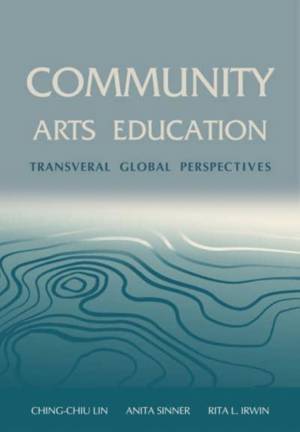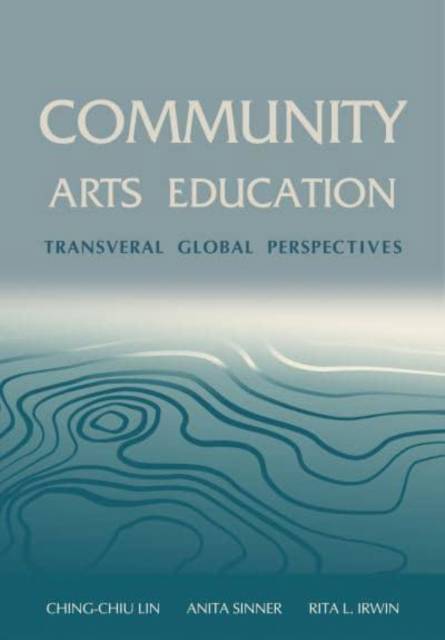
- Afhalen na 1 uur in een winkel met voorraad
- Gratis thuislevering in België vanaf € 30
- Ruim aanbod met 7 miljoen producten
- Afhalen na 1 uur in een winkel met voorraad
- Gratis thuislevering in België vanaf € 30
- Ruim aanbod met 7 miljoen producten
Zoeken
Community Arts Education
Transversal Global Perspectives
€ 51,95
+ 103 punten
Omschrijving
This book offers global perspectives on art education as a distinctive practice that emerges from community relationships. Invoking transversality as a theoretical framework and a methodological structure, the fifty-five contributors to this volume--community professionals, scholars, artists, educators, and activists from sixteen countries--offer studies and practical examples that explore the complexities of community arts education at all levels. These complexities include challenges created by the COVID-19 pandemic; ongoing efforts to achieve justice for Indigenous peoples; immigration; the growing recognition of equity, diversity, and inclusion in the workplace; among other challenges. The book's chapters fall under four themes--connections, practices, spaces, and relations--that map these and other intersecting assemblages of transversality. Thinking transversally about community art education shifts our understanding of knowledge from a passive construct to an active component of social life. This framework also redefines art education as a distinctive practice emerging from the intricate ties that form a community.
Specificaties
Betrokkenen
- Uitgeverij:
Inhoud
- Aantal bladzijden:
- 300
- Taal:
- Engels
- Reeks:
Eigenschappen
- Productcode (EAN):
- 9781789387469
- Verschijningsdatum:
- 25/10/2023
- Uitvoering:
- Paperback
- Formaat:
- Trade paperback (VS)
- Afmetingen:
- 170 mm x 244 mm
- Gewicht:
- 624 g

Alleen bij Standaard Boekhandel
+ 103 punten op je klantenkaart van Standaard Boekhandel
Beoordelingen
We publiceren alleen reviews die voldoen aan de voorwaarden voor reviews. Bekijk onze voorwaarden voor reviews.










